The increasingly longer days and rising temperatures can only mean one thing—Summer’s fast approaching. With sun tans and barbecues come the increased risk for heat-related illnesses. It’s important to be aware of warning signs and what to do if you see them, especially for those of us who love to exercise outside and spend time in the sun.
Your body is working hard at all times to keep your body temperature just right so that your cells stay alive, healthy, and working the way they’re supposed to. Just like a thermostat, if your temperature starts to drop or rise, different processes kick in to bring it back to normal. When you start to get too warm, an area in your brain detects an increase in the temperature of your blood and reacts by telling the blood vessels near your skin to dilate or widen. That allows more heat to escape by radiating out of your body and, often, through sweating.
Under some conditions, the mechanisms your body has for releasing heat just aren’t enough. You may be at risk for overheating.
Common Heat-Related Illnesses:
- Heat cramps
- Heat exhaustion
- Heat stroke
Heat Cramps:
Heat cramps are painful, involuntary muscle spasms that may happen during or after physical exertion in the heat. They generally develop quickly in the legs and abdomen. Caused by loss of fluids and electrolytes in the muscles, they are most likely to occur in those who sweat excessively during strenuous activity. It doesn’t even have to be very hot for heat cramps to occur. Although your body temperature may be normal, heat cramps can be an indication that a more severe heat illness is developing, so you should take them seriously. If you or someone you know experiences these, the most important thing to do is to reduce the cramps ASAP. Stop activity and rest. Drink fluids and do some gentle massage and light stretching on the cramped muscles to ease the discomfort. Since further exertion can lead to heat exhaustion or heat stroke, you should also avoid really strenuous activity for a few hours after the cramps subside. And if the cramps don’t get better within an hour, make sure to seek medical attention.
Heat Exhaustion:
Heat exhaustion is more serious on the spectrum of heat illnesses. It’s caused when fluid lost through sweating is not replaced enough by drinking. When your body starts to get low on fluids, it pulls blood away from the surface of your skin, so you can’t release heat the way you normally would. Then your internal core temperature will begin to rise more. Heat exhaustion is essentially a warning that your body is getting too hot and that you need to do something to bring your temperature down. It occurs most often in those doing physical activity in hot environments—firefighters, construction workers, athletes etc. But even just being overdressed in a hot and humid environment can lead to heat exhaustion.
Signs and symptoms of heat exhaustion:
- Cool, moist, pale/ashen or flushed skin
- Weakness
- Dizziness or light-headedness, possible fainting
- Rapid, weak pulse
- Shallow breathing
- Heavy sweating
- Nausea
- Possible muscle cramps
If you experience these or see someone else with these symptoms, move to a cooler area ASAP because if left untreated, this can escalate to heat stroke pretty quickly. Remove extra layers of clothing and apply cool, wet towels on your skin. A cool shower will also do the trick if available. Cold packs applied to wrists, ankles, armpits, the groin, and the back of the neck will help to cool you down quickly as well. While cooling down, it’s important to rehydrate with cool fluids, but sip at a slow regular pace rather than gulping the liquid down so you don’t risk causing yourself to vomit. It’s also recommended that you avoid intense exertion in the heat for a full day after recovering from heat exhaustion. 911 should be called if a person experiencing heat exhaustion doesn’t improve after several minutes, refuses to drink water, vomits, begins to lose consciousness or shows other signs of heat stroke.
Heat Stroke:
The most severe heat-related illness is heat stroke. It can be life-threatening and is actually the 3rd leading cause of death among high school athletes. At this point, your body is overheated, often over 104 degrees F, and no longer able to cool itself down. Classic heat stroke is normally caused by the environment and therefore most often occurs during the summer. It can develop slowly is most often seen in those most vulnerable (babies, young children, elderly, and people with chronic medical conditions) and those in poorer areas with limited access to air conditioning. On the other hand, exertional heat stroke occurs when excess heat is created through exercise and exceeds the body’s ability to cool itself off. This type mostly affects younger active individuals such as athletes, military recruits, and heavy laborers.
Signs and symptoms of heat stroke:
- Tell-tale sign is that they’re no longer sweating (note- skin may still be wet from prior exertion, so if you suspect heat illness, dry the skin and see if sweating continues)
- High body temperature
- Skin hot to the touch and red
- Rapid strong pulse
- Shallow breathing
- Throbbing headache
- Dizziness
- Nausea and/or vomiting
- Altered mental status- confusion, disorientation, irrational behavior, can’t pay attention
- Unconsciousness
- Convulsions or seizures
Because of the confusion that can come from heat stroke, you’re more likely to recognize this in someone else than yourself, so keep an eye on your friends and have them do the same in return. If someone is suspected of experiencing heat stroke, call for an ambulance immediately. Then start rapidly cooling them off—the faster you can bring their temperature down, the better the outcome. The best way to cool someone down is to immerse them in cold water up to their neck, but stay with them so there’s no risk of the person passing out while in the water. If a tub or body of water isn’t available, cover the person with ice water-soaked towels or bags of ice. Focus on the wrists, ankles, armpits, groin, and the back of the neck. Rotate the towels frequently as they warm up. If the person is able to, have them slowly sip on cool water. Continue cooling efforts until their body temperature drops to about 101 (If you don’t have a thermometer available, continue them for about 20 minutes or until their level of consciousness improves). In reality, an ambulance should arrive before you reach 20 minutes. But note that even if the person starts to feel better, they still need to get checked out at the hospital.
There are a number of factors that influence your risk of heat-related illness. The obvious one is climate. The higher the heat index, the more difficulty your body has cooling itself down through the normal means. There’s actually something called the “urban heat island effect,” in which urban centers are much warmer than the surrounding rural areas because they have more concrete and asphalt. So being in a more man-made environment can increase your chances for heat illness. Activity level is also a major factor since exercise and work raise your body temperature. And it’s pretty clear that dehydration level plays a role in each of the heat-related conditions. The less fluid you have in you, the less your body can cool itself off. Certain foods can influence your risk in this same way. Those with alcohol, caffeine, and carbonation can have a diuretic effect, causing you to eliminate more water through urine. Age is another important consideration. Those under 5 and those over 65 can’t regulate their body temperature as effectively. People with certain conditions such as diabetes, obesity, heart disease, and mental illness may be at higher risk as well. And finally, certain medications for heart problems, antihistamines, decongestants, and some medications for depression can make someone more susceptible to heat-related illnesses.
Overall, the good news is that these conditions are generally preventable.
Tips for avoiding heat-related illnesses:
- Avoid strenuous activity outside during the hottest part of the day, especially when the heat index is 90+. Aim for the morning or evening hours when the sun isn’t as strong if possible.
- Wear lightweight, loose, light-colored clothing and a hat
- Take frequent breaks and take it easier in the heat. Don’t overexert yourself.
- Drink plenty of cool fluids. It turns out you can lose around 30oz of sweat in an hour of exercise. And start hydrating in advance when possible. Drinks with some electrolytes like sports drinks or coconut water can help. Otherwise pair water with some lightly salty snacks to help retain the water.
- Don’t wait until you’re thirsty to rehydrate—at that point you’re already dehydrated.
- Avoid beverages with caffeine and alcohol when out in the sun—these can make it harder to regulate your temperature.
- Never leave a child or older adult in a hot car for any amount of time.
Being able to recognize the risk factors and signs of heat-related illness is important for any athlete, coach, or outdoor-lover. And knowing what to do in the event that you experience it or see it in your friend is just as important.
A little side note: Don’t forget our pets can experience heat stroke too! Make sure they have plenty of water and some shade to rest in outdoors, and never leave them in a hot car for any length of time. If they seem distressed and panting like crazy, get them out of the heat and cool them off with a hose or in the bathtub.
The post Keeping Your Cool This Summer appeared first on FX Physical Therapy.

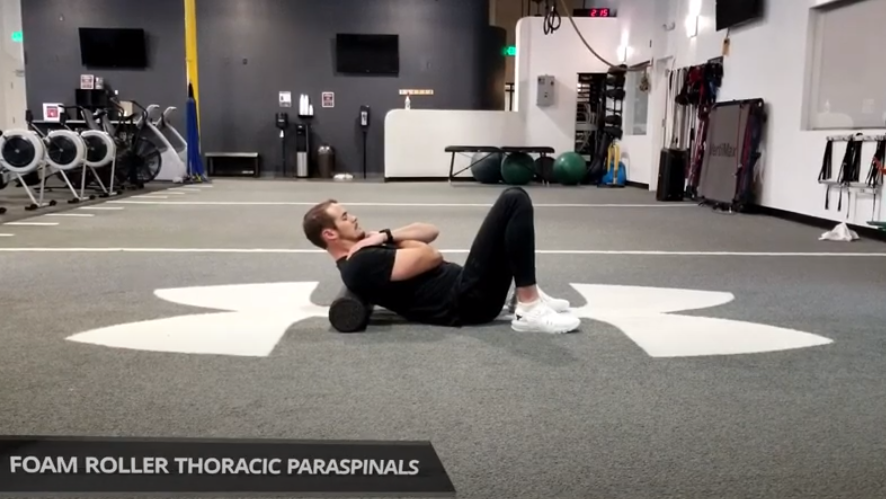
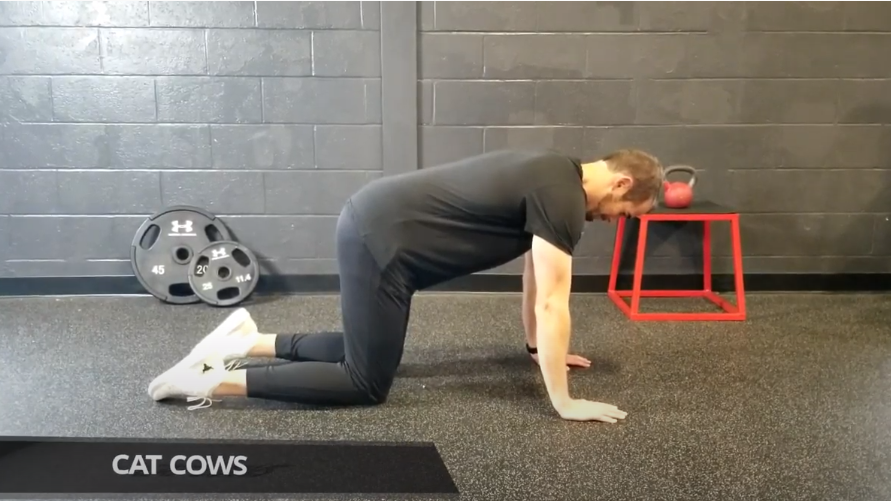
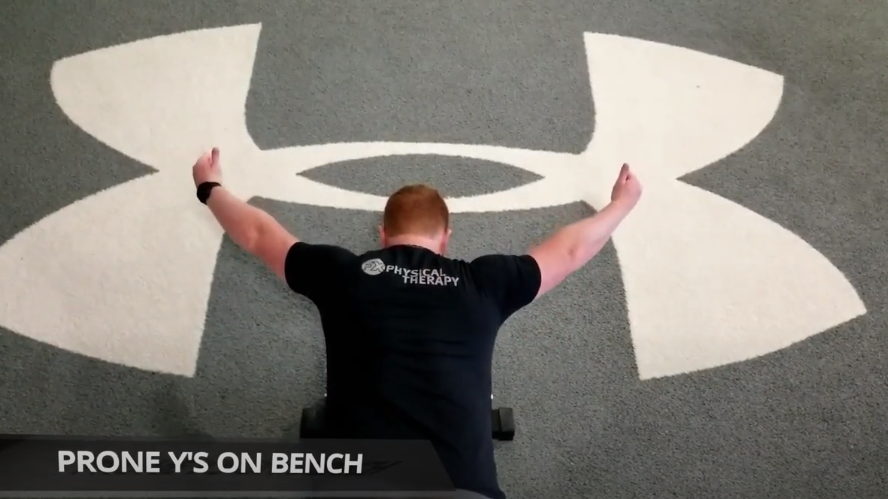

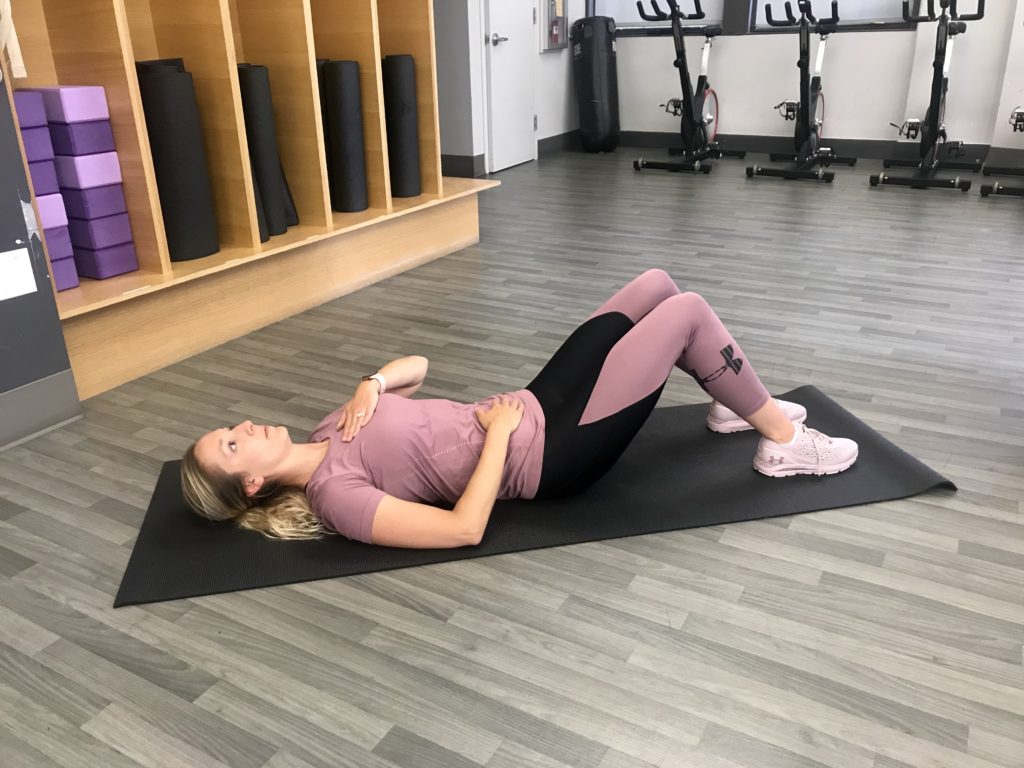
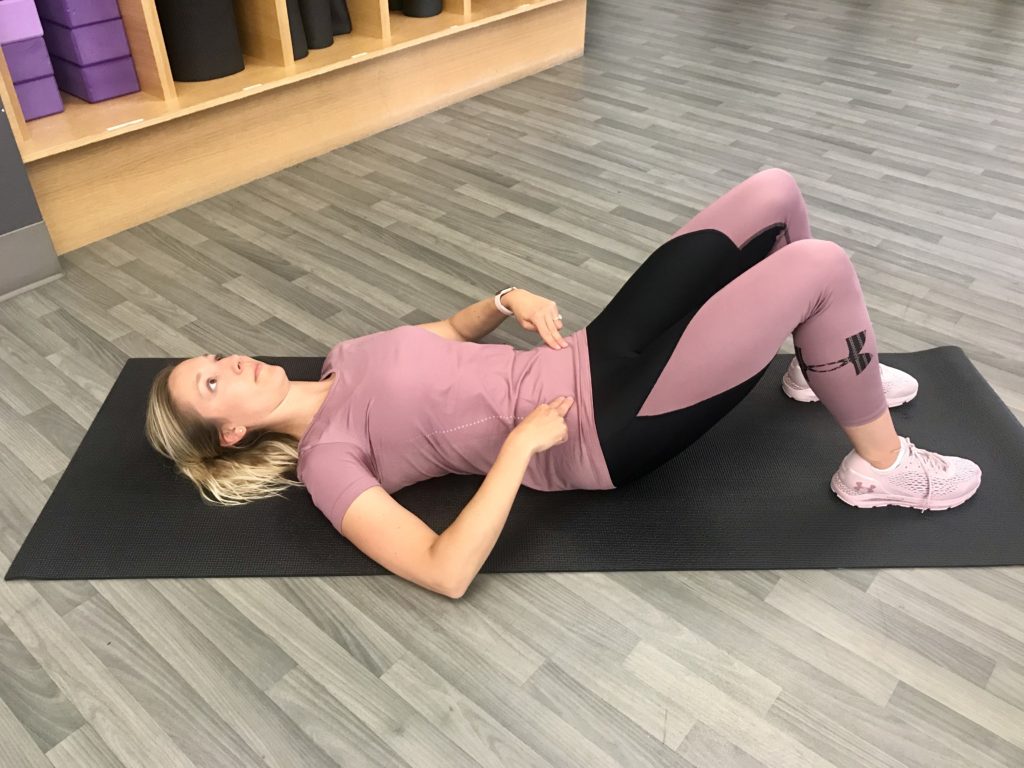
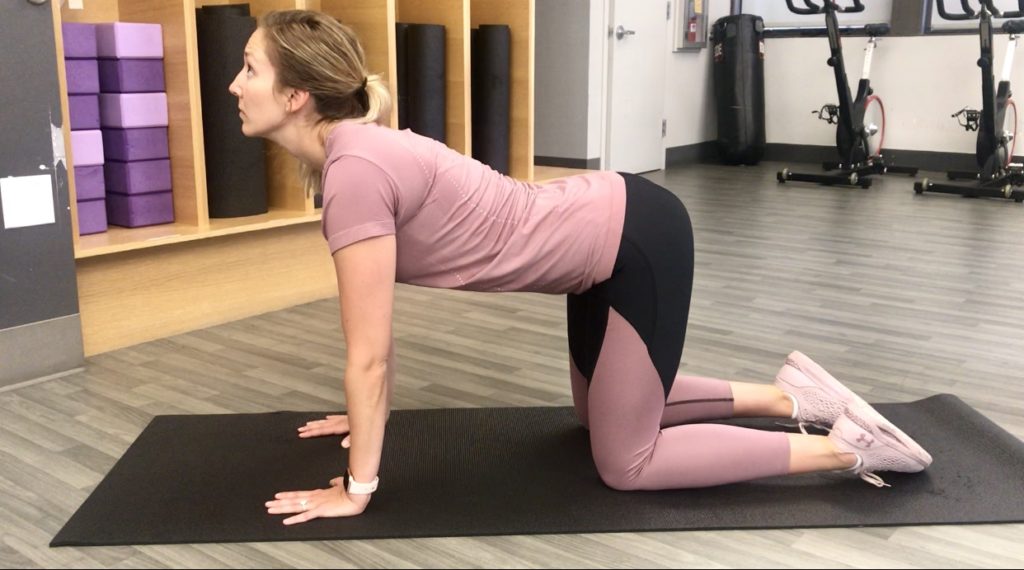 .
. 
